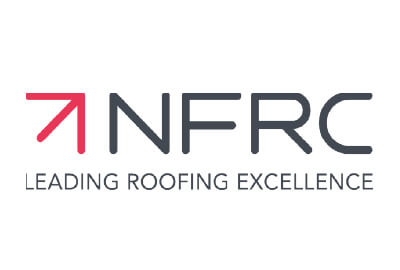Scotland may not be known for its heatwaves but what is lesser known is the increased chances of lightning caused by heatwaves.
As hot air rises, it beings to cool and then condense into tiny droplets of water. If the air is warm enough (because of a heatwave) and there is enough atmospheric instability, it can cause the warm air to rise incredibly quickly. If this happens then the water droplets i the air can freeze and become ice crystals. These ice crystals then begin banging into each other and the bigger ice crystals begin to steal electrons from the smaller ice crystals. As this happens, the negatively charged electrons upset the balance of the collection of ice particles as the bigger ice crystals are now overly saturated with negative electrons and the smaller crystals are left with a positive charge. The larger ice crystals begin to collect below the positive smaller crystals which moves to the top.
If the area below this collection of overly negative ice particles can repel any negatively charged electrons on the ground then it leaves only positively charged electrons which in turn attract the negatively charged ice crystals Because a house (for example) can’t fly up into the clouds, the clouds move to the positively charged home and this results in a lightning strike.
And that is how a heatwave can cause a lighting strike. Why is this important? Because as Scotland sees an increase in the number of heatwaves because of environmental shifts, the chances of lightning strikes during the warmer summer months increases.
And with this comes risks of roof damage and fire caused by lighting strikes.
What can be done about this?
Fitting a lightning protection system to your property is the best way of protecting it from the immense damage that lighting can cause.
Across the UK, there are hundreds of injuries to individuals every year because of lightning strikes and follow up secondary electrical surges.
While you may be struggling to remember the last time you saw lightning, it is a real and present danger in Scotland and is part of a legal requirement for building owners to protect occupants from.
What is a lightning protection system?
It is a system that reduces/prevent lightning strikes from hitting a building. The system can protect the external building structure from lightning strikes and protect electrical components and fittings inside a building. This all but eliminates the risk of electrocution and fires that can be caused by lightning strikes – whatever time of year.
Using a metal rod made of a conductive material such as copper or aluminium that is mounted to the roof of a building, a lightning protection system can intercept a lightning strike and then, through additional wiring, pass the dangerous electrical current safely into the ground below.
The advantages of fitting a lightning protection system
Beyond following the letter of the law, having a lightning protection system fitted will help to protect your buildings stonework structure as well as internal electrical systems. In high risk lightning ‘hot spots’ across Scotland, a lightning protection system can offer real economic benefits.
How they are fitted
As a leading Roofing, Building Maintenance and Rope Access Specialist, we can fit lighting protection systems to a building with great ease – regardless of the difficult access nature of the building structure.
Find out more
To find out more about lightning protection systems, please call our Glasgow head office.













